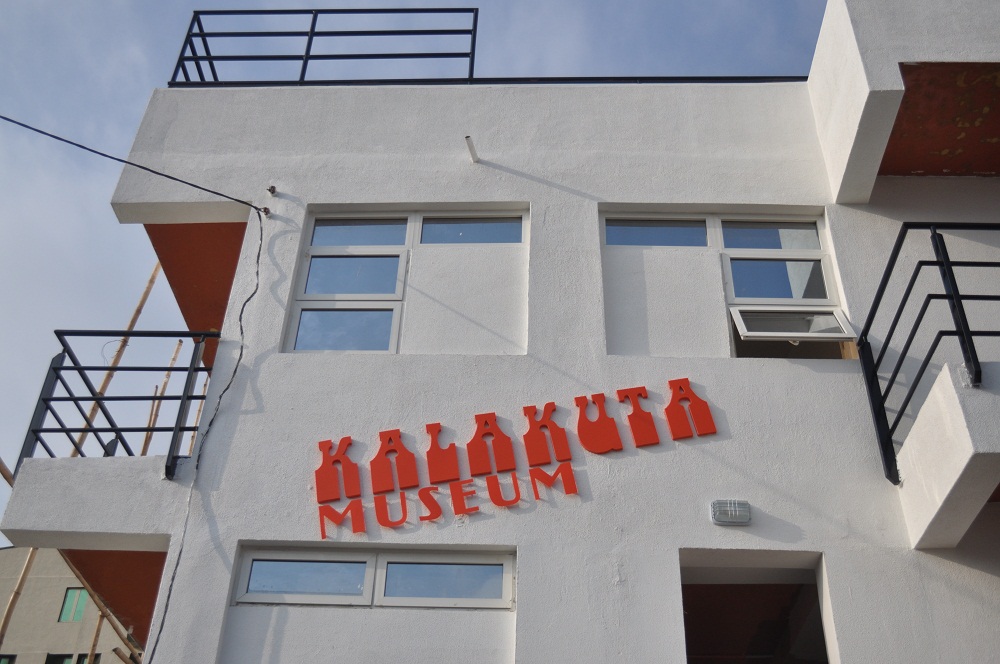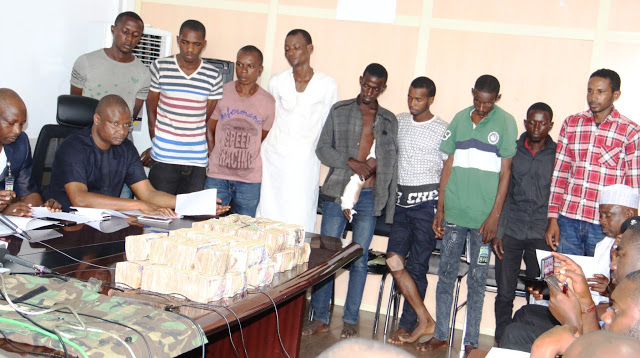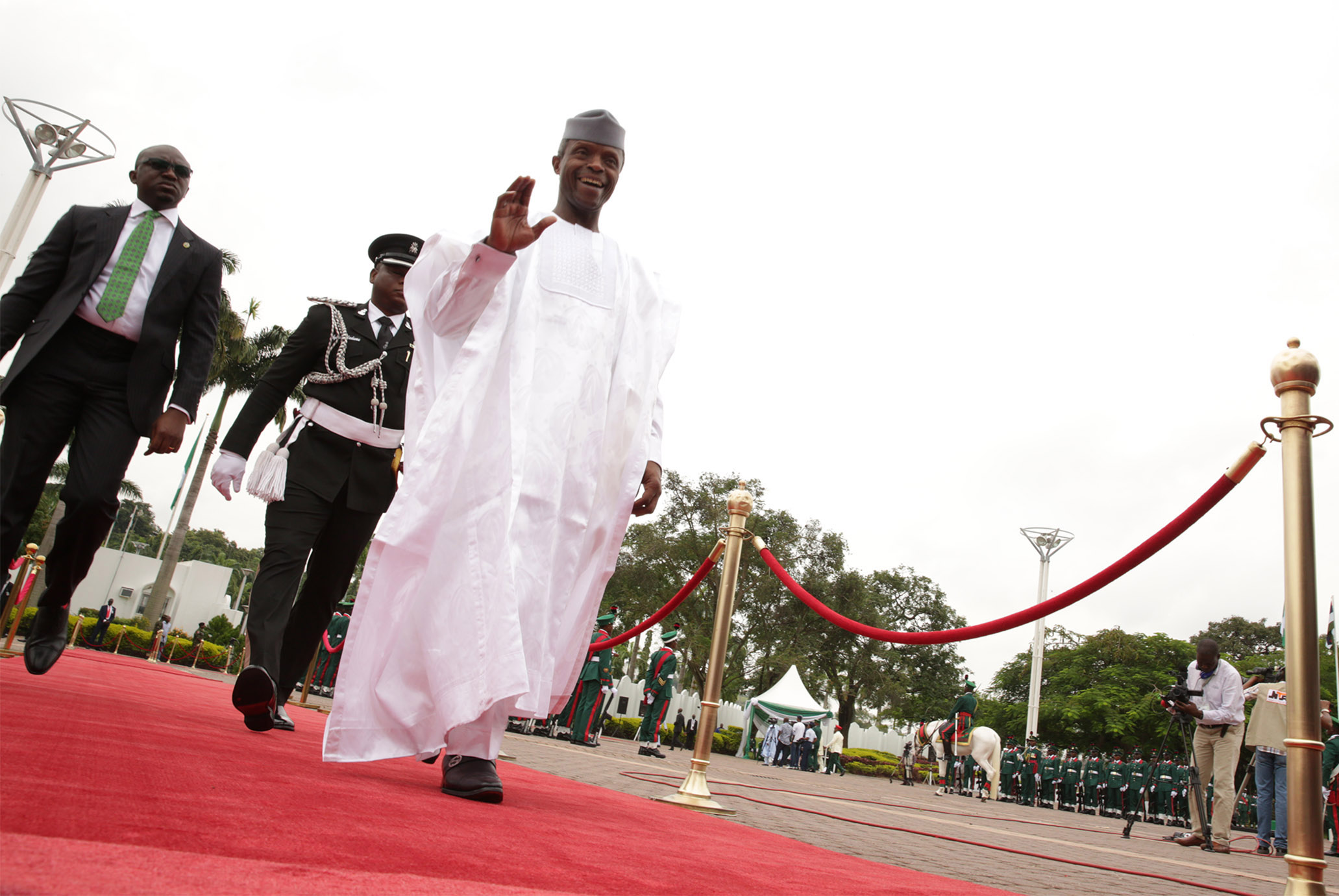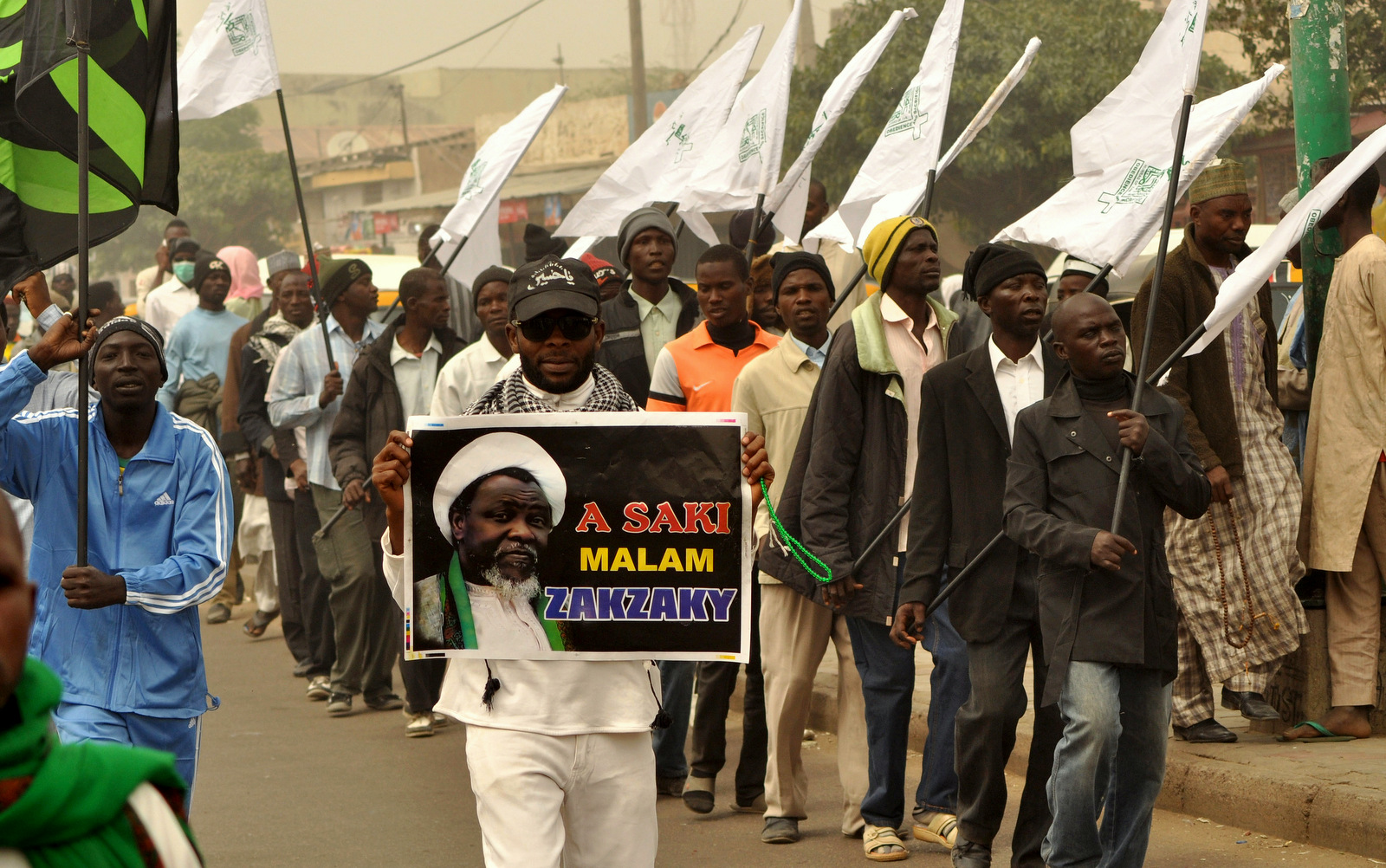BY PELU AWOFESO
I’m pacing the terrace-bar of the Kalakuta Museum on a weekday afternoon. It’s a mildly sunny day and Gbemisola Street is all quiet, as I reckon it always is at this time. The flat-screen television is off, and so is the music box. The breeze blows gently, complementing the air of serenity around the two-storey building.
Except for a fresh coat of white paint on the walls outside, apparently hurriedly done because the week-long annual Felabration—a series of debates and concerts—is only days away, the facility is uninspiring.
There are about a dozen people in the bar, seated in small groups around bottles of gin and beer, chit chatting; there’s a faint whiff of hemp in the air, a standard feature of this place, night or day. The bartender, a lady in green tee shirt, is busy on her phone–she doesn’t look up as I make my way in and walk to the front of the building, passing an eye-catching painting of Fela to my right, speckled with some of the song titles of the man also fondly known as “Abami Eda”.
Advertisement
Fela’s tomb, a gorgeous piece of black-and-brown marble-work and the first thing visitors see on entering the premises, has lost its shine. It doesn’t merit a second glance. Back in 2012, and many months after the museum was open to the public, almost everyone who came into the compound stood there to take a picture, just as the average tourists would do when they visit the Eiffel Tower, London Eye or any well-known global landmark for that matter. It is doubtful that they would do that now.
It turns out there are visitors who are not impressed by the museum’s current state.
“This is not a tourist attraction at all,” says a middle-aged man on his way out with two companions. “Everything inside is a complete letdown. Fela won’t be happy–they won’t do this to him if he were alive.”
Advertisement
Having visited the museum a couple of times after it opened to the public, I know what’s on display the inside: on its orange walls are photographs of at least four generations of the Kuti family, complemented by others taken at concert venues where Fela and his band performed around the world in a career that spanned the better part of three decades.
The museum’s main attraction is Fela’s room, which visitors glimpse through a glass barrier; to the left are dozens of his trademark shirts neatly arranged on a hanger. One of his saxophones is also visible, as are a couple of award plaques. The king-size mattress in the distance is covered by sheet which family members have said was last used by the musician when he died in August 1997, aged 59.
“This is where Fela slept with all his women,” goes the story, told to me and other tourists on more than one occasion. “There was a timetable, so all the girls knew when it was their turn.”
The next room, almost empty, holds several pairs of Fela’s equally colourful shoes, underwear and a fur coat. Opposite that is another room, which I mentally dub the ‘Press Room’, is plastered with newspaper cover pages and cuttings–from Daily Times to the Sketch–detailing the musician’s many court cases, run-ins with the government, the infamous attack on the then Kalakuta Republic, his unprecedented wedding to his band’s 22 backup singers and dancers as well as other events editors deemed necessary to publish.
Advertisement
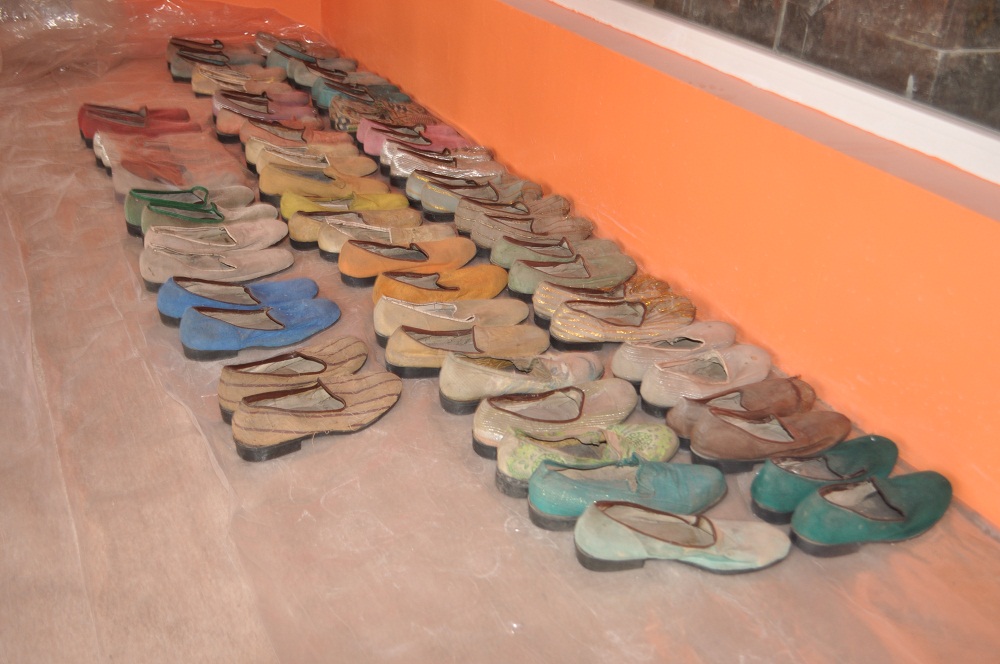
That the family had the mind to preserve all of these memorabilia throughout the years is sheer genius and deserves commendation, so is the Lagos State government’s grant support towards turning the building into a museum and, by extension, a potential tourist magnet.
With the trio’s faces in a frown, it’s clear that they aren’t pleased with what’s become of the objects, barely four years after the museum’s commissioning. Chatting with the visitors further, I get the impression that this is not their first time here. They can’t understand why the curating wasn’t handled in its entirety by a competent hand–like Gharioukwu Lemi, for instance.
“It is common knowledge that Lemi designed many of Fela’s album jackets,” one of them sighs, looking up and down the building with a smirk. “He knows Fela well and he would have done a great job of this place.”
Back in 2012, the public welcomed and praised news that Lagos State government would fund the renovation of what was then a crumbling, defaced “Kalakuta Republic” as the building was then called. It soon transpired that Mr Lemi would curate the installations.
Advertisement
The approved plan also included a five-room boutique hotel, which has yet to materialise.
Curiously, the museum doesn’t have an in-house guide or curator. On one occasion at least, I paid for a group tour during which we were shown round by a young bar staff, who fumbled not only through the family history of the Kutis but also of the photographs. He misnamed subjects in the frames, sometimes saying Fela when he meant Beko.
Advertisement
As we walked down the stairs, I noticed that the bulbs were all off for lack of power, throwing the interior into near darkness. The air smelled of damp and the eye-catching Fela shoes showed that they weren’t getting enough air.
On the ground floor, the souvenir shop was locked and the lift is out of order.
Advertisement
“One of Fela’s sons is the one responsible for managing the museum, the emergency ‘guide’ told said after the tour.
I recall that during a press conference hosted few years ago at the New Afrika Shrine in Agidingbi to announce activities for that year’s Felabration, a senior member of the Kuti family revealed that the state government had then released N40 million towards the Kalakuta Museum project.
Advertisement
“The total money needed is about N56million,” the individual added.
With that much money committed to the museum, it is unreasonable to let the property degenerate as much as it has.
Awofeso is a winner of the CNN/Multichoice African Journalism Awards for his tourism reporting. This piece is the third in a series of stories focused on Nigeria’s abandoned/ neglected architectural attractions.
